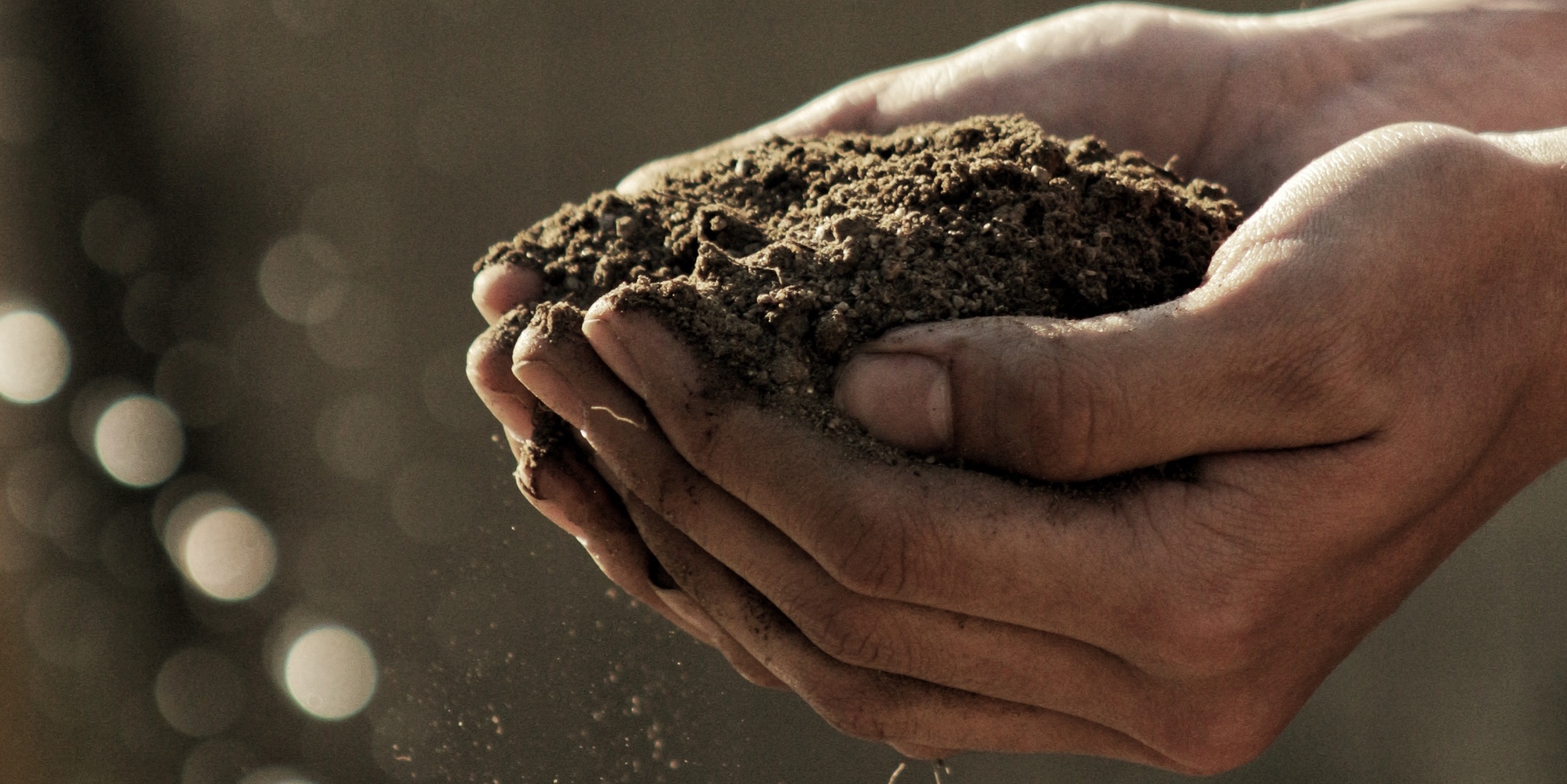“Gardening requires lots of water – most in the form of perspiration”
– Lou Erickson
Gardeners need to be aware of the potential hazards caused by gardening during periods of high temperature or of moderate temperature combined with high humidity. Gardeners risk suffering from the heat-related illnesses: heat cramps, heat exhaustion, and heatstroke. Heat cramps and heat exhaustion are relatively mild, but these conditions if not treated may develop into heatstroke, a potentially life-threatening disorder. Heat-related illness can be prevented.
Evaporation through perspiration is the main way the body cools itself in hot weather. Evaporation is slowed when the weather is humid, thus the potential to develop heat-related illness is greater in humid weather. The heat index combines the temperature in the shade and the degree of humidity. A heat index of 90 degrees or higher is dangerous and can result in heat-related illness. For example, the heat index is 90 degrees when humidity is 40% and temperature is 90 degrees, and the heat index is also 90 degrees when humidity is 60% and temperature is 85 degrees. The heat index is much higher when gardeners are working in direct sunlight.
Heat cramps are painful muscle spasms, which usually affect the calf, hamstring, or stomach muscles. Heat exhaustion may cause symptoms of nausea, headache, light-headedness, fatigue, and thirst. People who develop heat exhaustion may feel anxious; they may stop sweating; their urine color may become dark yellow and they may stop urinating; they may look flushed and begin to run a fever. If the body cannot regulate its temperature, heatstroke, a life- threatening emergency, may develop. People who develop heatstroke have a fever above 104 degrees; they become confused, irritable, and delirious; they may have seizures; they may go into a coma.
Heat cramps can be treated by stretching the muscle and by drinking fluids, such as sports drinks, that replace electrolytes and water. Gardeners who develop symptoms of heat exhaustion need to get into the shade or go into an air-conditioned room or at least sit in front of a fan. They must drink cool fluids. Most importantly, they need to remove some of their clothing, including hats, and to cool their bodies by wetting the skin with cool wet towels. If gardeners do not start to feel better quickly they need to obtain medical care. Because heatstroke is a medical emergency, 911 should be called immediately. While waiting for emergency medical attention, the person suffering heatstroke should be taken into a cool shady area. Some clothing must be removed, and cool wet towels should be placed on the skin. Cool fluids should be given if the affected person is able to swallow.
Heat-related illness can be prevented. Check the heat index on the weather channel before gardening. Consider gardening on another day if the heat index is 90 degrees or above. Work outdoors in the early morning or in the evening when the temperature is cooler. Wear lightweight, light colored, loose fitting clothing. Wear a sunhat. Limit coffee and tea intake and avoid alcoholic beverages when gardening. Drink at least 8 to 12 ounces of fluid before working in the garden. Fluid can be a sports drink or a mixture of water and juice. Take breaks every 15 to 20 minutes in the shade and drink 8 to 16 ounces of fluid every hour that you garden. Drink fluids even if you do not feel thirsty. Make sure that you urinate and that your urine is pale in color. If you are taking medication or if you have a medical disorder, talk with your doctor to determine if gardening needs to be restricted when the heat index is high.
Use common sense and take proper precautions so that you can garden safely during the summer heat.

